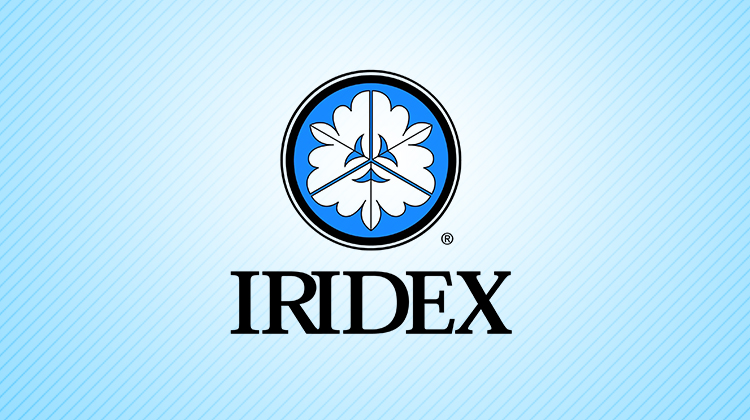Iridex Makes its Move in Glaucoma

Over the past couple of years, there has been no shortage of positive news about the glaucoma space.
While minimally invasive glaucoma surgery (MIGS) has totally captured the limelight, Iridex Corp. has quietly begun to build momentum with its Cyclo G6 laser.
Iridex has a more than 30-year track record in laser photocoagulation and a solid reputation in the ophthalmic community. It has long had a minor role in the glaucoma market with its G-Probe for transscleral cyclophotocoagulation, with estimated global sales of about a million dollars annually.
Iridex received FDA approval for its Cyclo G6 MicroPulse 810 nm infrared laser in January 2015 and commenced commercial shipments in the US in March 2015. The laser is designed to treat patients diagnosed with a range of glaucoma disease states and is sold with a family of single-use probes.
Despite minimal reported clinical data, the Cyclo G6 MicroPulse is gaining traction. A total of 117 lasers were sold in the US in 2015, generating about $3 million in revenue in combined laser and disposable probes. While this is not a large amount of revenue for many companies, it is already significant to Iridex, which registered worldwide sales for 2015 of $42 million.
It appears the momentum is carrying into this year. Although Iridex management is not providing specific estimates to the financial community on potential revenue from the Cyclo G6 MicroPulse family, it seems quite conceivable that 2016 sales will reach $9 million to $10 million, or about triple 2015 levels. And while predicting 2017 revenue is sheer speculation at this point, it is possible that it could double the 2016 level, reaching $18 million to $20 million. The impact on a company with its modest revenue base would be enormous, especially because high profit margin disposable probes will generate more than 50% of sales.
So, why is the Cyclo G6 MicroPulse laser on such a roll? First, there is a dearth of good therapies for glaucoma. Drugs are expensive and the compliance rate can be dismal. Surgical choices like laser trabeculoplasty, which Iridex also sells, can have questionable efficacy and durability in many patients. Meanwhile, trabeculotomy is a challenging procedure with a high degree of complication and morbidity. The Glaukos iStent is labeled only for concomitant to cataract surgery procedures.
Second, the Cyclo G6 MicroPulse laser has several important competitive advantages, most significantly the well-established MicroPulse high safety profile versus other therapies. It is also highly cost effective and, most importantly, is demonstrating that it significantly lowers intraocular pressure (IOP) in most patients.
Solid clinical data are beginning to develop.
In several talks at last fall’s American Academy of Ophthalmology meeting, doctors disclosed excellent single-center IOP-lowering data.
In addition, there was one paper at this year’s American Glaucoma Society meeting, and three more will be delivered at the upcoming American Society of Cataract and Refractive Surgeons (ASCRS) and Association for Research in Vision and Ophthalmology (ARVO) meetings, both in early May. The evidence for the Cyclo G6 MicroPulse laser in treating glaucoma seems to be mounting. Its sales seem to be, too.

